Sales have fallen from last year’s high as price rises take their toll
Rising red meat prices are taking their toll on sales. Beef is 13% more expensive than last year, while lamb is up 4.7%, found analysis of Worldpanel data by AHDB, published last week.
That’s put a dampener on its resurgence in popularity. Last year, red meat sales jumped by almost £270m, according to NIQ data for The Grocer’s Top Products survey. The latest Worldpanel data paints a very different picture: retail sales volumes are down 7.4% year on year [12 w/e 13 July].
The biggest sales drop was for beef roasting joints, down 30% as average prices shot up 11.6%. Beef mince and steak volumes are also in steep volume decline, of 7.5% and 12.7% respectively, driven by price hikes of 22% and 23.2%.
So what’s driving these price increases? And what impact is this having on the meat sector?
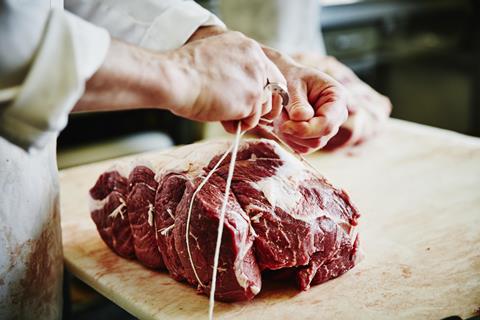
It’s no surprise shoppers are voting with their wallets. “Consumers typically respond to price increases by reducing the amount and frequency at which they purchase,” says Emma Wantling, retail insight manager at AHDB.
The more serious issue is what’s driving those price rises. Farmgate prices have steadily increased to reach their highest-ever level in the UK, which is “probably the highest in the world”, reports Nick Allen, CEO of the British Meat Processors Association.
AHDB’s benchmark GB R4L steer price hit 713.3p/kg on 3 May, up 43.8% year on year, driven by a significant shrinking in supply.
Lamb prices are also elevated: AHDB’s SQQ price currently sits at 751.1p/kg, up 9.9% year on year.
Supply looks like it will remain tight. AHDB forecasts total sheep production will be down 2.9% year on year in 2025, while beef production is projected to be down 4%.
Profitability problem
Lack of profitability is a key driver behind that tight supply, says Allen. The situation has been exacerbated by costs such as the rise in National Insurance contributions and the national living wage.
Producers have had no choice but to pass on those costs, Allen says, as “the industry can only absorb so much”.
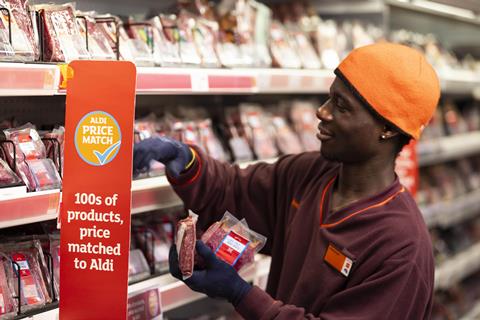
At the same time, government subsidy schemes such as the Sustainable Farming Incentive have encouraged farmers to move to environmental projects, rather than the “slightly bigger gamble” of increasing food production, he suggests.
“There are no real schemes that encourage farmers to look at ways of producing more food,” says Allen – an “ironic” omission given the government’s ‘food security is national security’ message.
“It’s really those two factors that are driving the shortage, and the shortage is driving the higher prices,” he adds.
One more factor has now come into the mix: a cut in throughput, alongside a decline in carcase weights. High beef prices have potentially led farmers to bring cattle to market earlier than planned, suggests the Association of Independent Meat Suppliers (AIMS).
Read more:
-
Red meat volumes slump as consumers swap to cheaper options
-
UK government ‘failing to recognise halal market opportunity’
-
Cultivated meat should support UK farmers, not push them out
-
UK pork producers secure £19m export win to Mexico
Overall, there is little hope of supply coming back up. Herd sizes are declining in beef, lamb and – to some extent – pork, says Allen. He believes the “managed decline in the livestock sector” will continue without government intervention.
The view is backed up by Tony Goodger, head of comms at AIMS. He points to “herd declines through the northern hemisphere, impacting on the number of prime cattle available for beef production”.
And “there is still some distance to run before we see year-on-year meat and poultry price increases settle”, he warns.
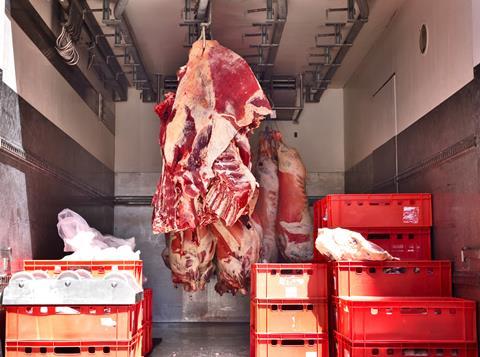
It’s a situation that infuriates Allen, who points out the UK is “one of the countries that can actually produce ruminant livestock with a lower carbon footprint” due to its pasture-fed systems. An increased reliance on imports will be worse for the planet, he says.
Already this year, we’ve seen an increase in cheaper imports from countries such as New Zealand, Australia and Uruguay. We could soon be looking at supermarket shelves where UK products are the premium option, Allen warns.
“I think we are sleepwalking into a serious problem, and I don’t think our politicians are doing anything like enough to grasp the nettle and recognise the problem we’ve got coming down the tracks,” he argues.
If farmgate prices continue to rise, as is expected, his warnings may come to pass in the near future.


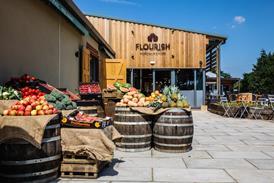


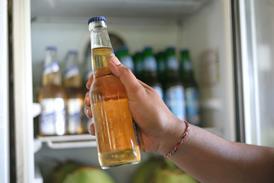

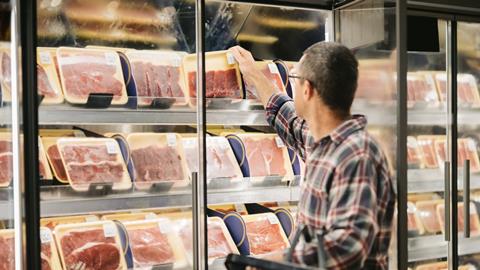
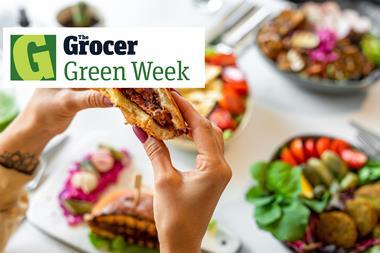

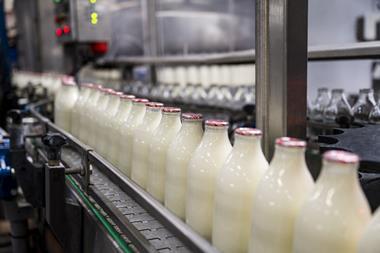
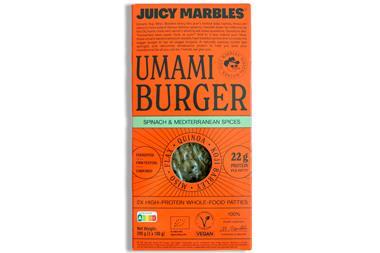
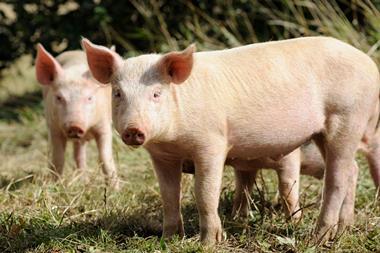


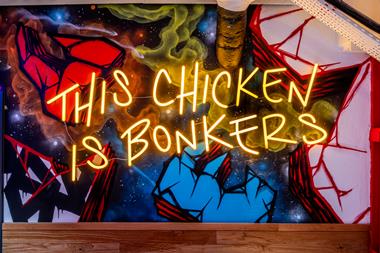


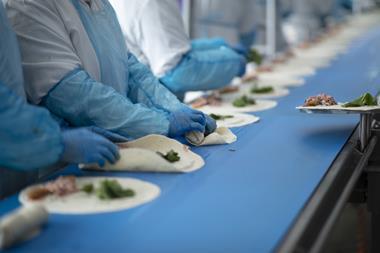

No comments yet